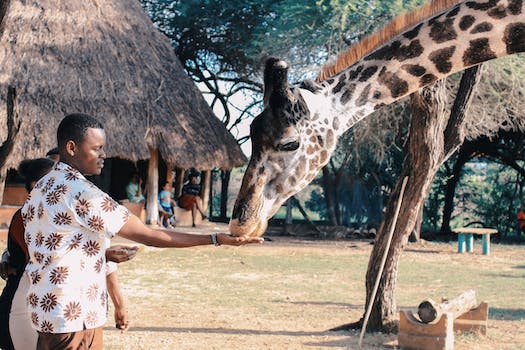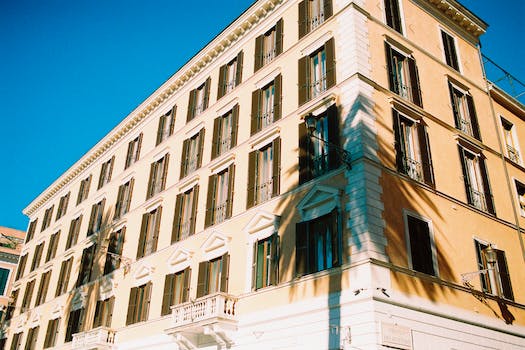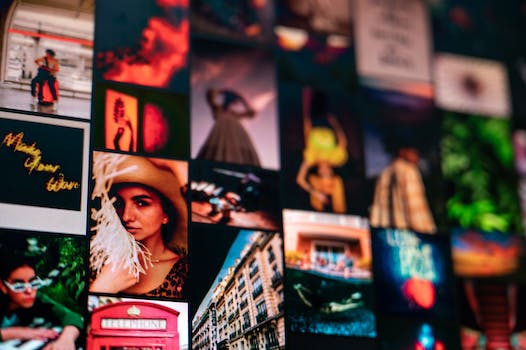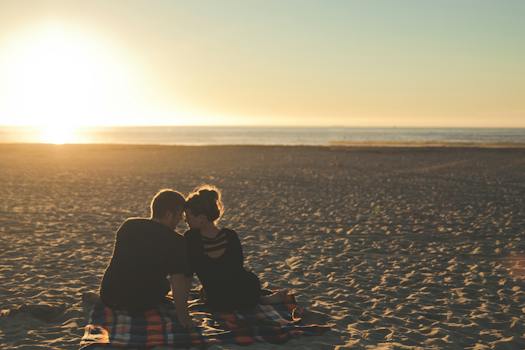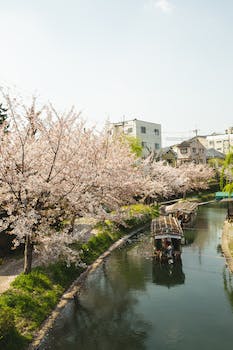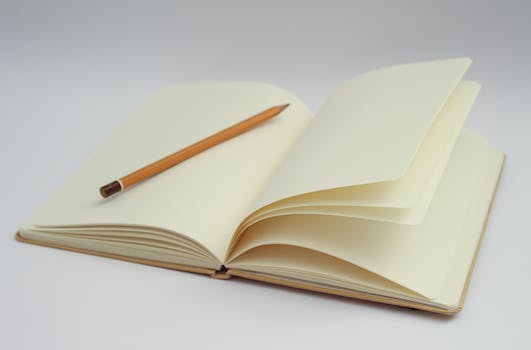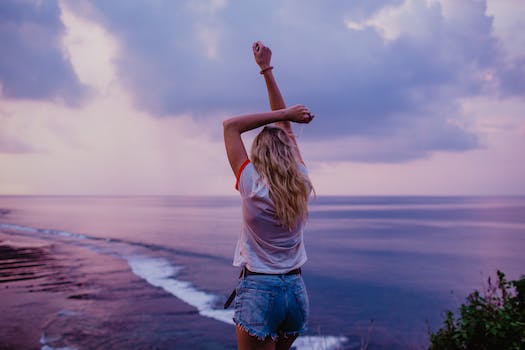

-
Table of Contents
Capture the Northern Lights flawlessly with our expert guide.
Introduction
A Guide to Avoiding Mistakes When Photographing the Northern Lights is a comprehensive resource designed to help photographers capture the mesmerizing beauty of this natural phenomenon with precision and accuracy. This guide provides valuable insights, tips, and techniques to avoid common mistakes that often occur when photographing the Northern Lights. Whether you are a beginner or an experienced photographer, this guide will equip you with the knowledge and skills necessary to capture stunning images of the Northern Lights, ensuring a successful and rewarding photography experience.
Essential Camera Settings for Capturing the Northern Lights
The Northern Lights, also known as the Aurora Borealis, are a breathtaking natural phenomenon that many photographers dream of capturing. The vibrant colors dancing across the night sky create a mesmerizing display that is truly awe-inspiring. However, photographing the Northern Lights can be challenging, especially for beginners. One of the most crucial aspects of capturing this phenomenon is getting your camera settings right. In this guide, we will discuss the essential camera settings for photographing the Northern Lights.
First and foremost, it is important to shoot in manual mode. This gives you full control over your camera settings and allows you to make adjustments based on the conditions you are shooting in. Shooting in manual mode also ensures that your camera doesn't get confused by the low light conditions and produce inaccurate exposures.
When it comes to ISO, you will want to set it to a high value. The Northern Lights are often seen in dark environments, so a high ISO will help you capture the faint light. However, be cautious not to set it too high, as this can introduce noise into your images. Experiment with different ISO values to find the right balance between capturing enough light and maintaining image quality.
Next, let's talk about aperture. A wide aperture, such as f/2.8 or lower, is ideal for photographing the Northern Lights. This allows more light to enter the camera, resulting in brighter and more vibrant images. Keep in mind that using a wide aperture may result in a shallow depth of field, so you may need to adjust your focus accordingly.
Speaking of focus, manual focus is the way to go when photographing the Northern Lights. Auto-focus can struggle in low light conditions, so it is best to switch to manual focus and set it to infinity. This ensures that your camera focuses on the distant lights in the sky rather than trying to find focus in the darkness.
Now let's move on to shutter speed. The Northern Lights are constantly moving and changing, so a long exposure is often necessary to capture their full beauty. Start with a shutter speed of around 10-15 seconds and adjust accordingly. Be mindful of the Earth's rotation, as longer exposures can result in star trails. If you want to capture the stars as well, consider using a star tracker or shooting multiple exposures for stacking later.
Lastly, don't forget to shoot in RAW format. RAW files contain more information and allow for greater flexibility in post-processing. The Northern Lights are a challenging subject to capture, and shooting in RAW will give you more control over the final result.
In conclusion, capturing the Northern Lights requires careful consideration of your camera settings. Shooting in manual mode, using a high ISO, wide aperture, manual focus, and long exposure are essential for capturing the beauty of this natural phenomenon. Don't forget to shoot in RAW format to maximize your post-processing capabilities. With the right camera settings and a bit of patience, you can create stunning images of the Northern Lights that will leave viewers in awe.
Best Locations and Timing for Northern Lights Photography
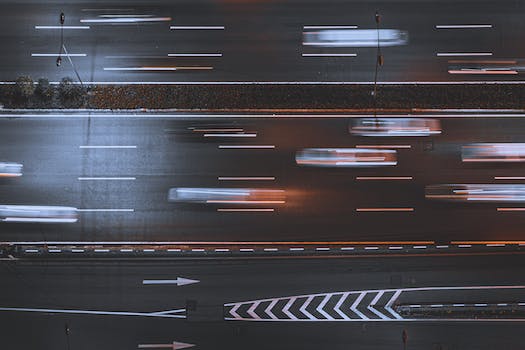
The Northern Lights, also known as the Aurora Borealis, are a breathtaking natural phenomenon that captivates photographers from around the world. The vibrant colors dancing across the night sky make for stunning photographs, but capturing the perfect shot can be challenging. To avoid common mistakes and maximize your chances of capturing the beauty of the Northern Lights, it is crucial to choose the best locations and timing for your photography.
One of the key factors in successful Northern Lights photography is finding a location with minimal light pollution. Light pollution from cities and towns can wash out the faint glow of the Aurora Borealis, making it difficult to capture its true beauty. To avoid this, it is recommended to venture away from urban areas and find a spot with clear, dark skies. National parks, remote areas, and high-altitude locations are often ideal for Northern Lights photography.
Timing is another crucial aspect to consider when photographing the Northern Lights. The best time to witness this natural spectacle is during the winter months, when the nights are longer and darker. In regions closer to the North Pole, such as Alaska, Canada, and Scandinavia, the Northern Lights are visible from late August to early April. However, the peak season for viewing and photographing the Aurora Borealis is typically between September and March.
In addition to choosing the right location and time of year, it is important to consider the time of day for your Northern Lights photography. Contrary to popular belief, the Northern Lights can be visible during both day and night. However, they are most commonly seen and photographed during the late evening and early morning hours when the sky is darkest. This is when the colors of the Aurora Borealis are most vibrant and intense, creating stunning photo opportunities.
To further enhance your chances of capturing the Northern Lights, it is essential to monitor weather conditions. Clear skies are crucial for successful photography, as clouds can obstruct the view of the Aurora Borealis. Checking weather forecasts and cloud cover predictions can help you plan your photography outings accordingly. Additionally, it is advisable to be patient and flexible, as the Northern Lights can be unpredictable. Sometimes, waiting for hours or even days may be necessary to capture the perfect shot.
When photographing the Northern Lights, it is important to have the right equipment. A sturdy tripod is essential to keep your camera steady during long exposures. Wide-angle lenses are recommended to capture the vastness of the night sky and include interesting foreground elements. It is also crucial to use manual mode on your camera to have full control over exposure settings. Experimenting with different shutter speeds, apertures, and ISO settings can help you achieve the desired results.
In conclusion, capturing the beauty of the Northern Lights through photography requires careful planning and consideration. Choosing the best locations with minimal light pollution, timing your photography outings during the winter months, and monitoring weather conditions are all crucial factors. Additionally, having the right equipment and being patient and flexible are key to capturing stunning images of the Aurora Borealis. With these tips in mind, you can increase your chances of avoiding mistakes and capturing the awe-inspiring beauty of the Northern Lights.
Common Mistakes to Avoid When Photographing the Northern Lights
Common Mistakes to Avoid When Photographing the Northern Lights
Photographing the Northern Lights, also known as the Aurora Borealis, is a dream for many photographers. The vibrant colors and ethereal beauty of this natural phenomenon make it a captivating subject to capture. However, photographing the Northern Lights can be challenging, and there are several common mistakes that photographers often make. In this article, we will discuss these mistakes and provide you with tips on how to avoid them.
One of the most common mistakes photographers make when capturing the Northern Lights is not being prepared. The Northern Lights are unpredictable, and they can appear and disappear within a matter of minutes. Therefore, it is crucial to be prepared and have all your equipment ready to go. Make sure you have a fully charged battery, plenty of memory cards, and the right lenses for capturing the lights. Additionally, it is essential to familiarize yourself with your camera settings beforehand, as you may not have time to adjust them once the lights appear.
Another mistake to avoid is not scouting for the right location. The Northern Lights are best seen in areas with minimal light pollution and clear skies. Research and find locations that offer a clear view of the horizon and have little to no artificial lights. This will ensure that you have the best chance of capturing the lights in all their glory. Additionally, consider the foreground elements in your composition. Including interesting foreground elements, such as mountains or trees, can add depth and interest to your photographs.
One common mistake that photographers make when photographing the Northern Lights is using incorrect camera settings. It is crucial to use a tripod to keep your camera steady and avoid blurry images. Set your camera to manual mode and use a wide-angle lens to capture as much of the sky as possible. Start with an aperture of f/2.8 or wider to let in as much light as possible. Experiment with different shutter speeds, but generally, a longer exposure time, around 10-30 seconds, will capture the movement and colors of the lights. Adjust your ISO accordingly to achieve the desired exposure.
Another mistake to avoid is not paying attention to the weather conditions. The Northern Lights are most visible on clear nights with little to no cloud cover. Check the weather forecast and plan your shoot accordingly. Cloudy skies can obstruct the view of the lights and result in dull photographs. Additionally, dress warmly and be prepared for cold temperatures, as photographing the Northern Lights often involves spending long hours outside in freezing conditions.
Lastly, one common mistake that photographers make is not experimenting with different compositions and techniques. While capturing the Northern Lights in all their glory is undoubtedly breathtaking, don't be afraid to try different angles, perspectives, and creative techniques. Play with long exposures, light painting, or even incorporating people into your shots to add a sense of scale and storytelling.
In conclusion, photographing the Northern Lights can be a challenging yet rewarding experience. By avoiding common mistakes such as being unprepared, not scouting for the right location, using incorrect camera settings, neglecting weather conditions, and not experimenting with different compositions, you can increase your chances of capturing stunning images of this natural wonder. So, grab your camera, head to a dark and clear location, and be prepared to witness the magic of the Northern Lights unfold before your lens.
Q&A
1. What are some common mistakes to avoid when photographing the Northern Lights?
Some common mistakes to avoid when photographing the Northern Lights include using incorrect camera settings, not using a tripod for stability, and forgetting to bring spare batteries and memory cards.
2. What camera settings should be used when photographing the Northern Lights?
When photographing the Northern Lights, it is recommended to use a wide-angle lens, set the ISO to a high value (e.g., 800-3200), use a wide aperture (e.g., f/2.8 or lower), and set the shutter speed to a few seconds or longer to capture the movement of the lights.
3. What equipment should be prepared for photographing the Northern Lights?
To photograph the Northern Lights, it is important to have a DSLR or mirrorless camera with manual settings, a wide-angle lens, a sturdy tripod for stability, spare batteries and memory cards, and a remote shutter release for minimizing camera shake.
Conclusion
In conclusion, A Guide to Avoiding Mistakes When Photographing the Northern Lights provides valuable insights and tips for capturing stunning images of this natural phenomenon. By avoiding common mistakes such as using incorrect camera settings, neglecting composition, and not being prepared for the challenging conditions, photographers can greatly enhance their chances of capturing breathtaking shots of the Northern Lights. This guide serves as a helpful resource for both amateur and professional photographers looking to capture the beauty and magic of the Aurora Borealis.



